CAMBRIDGE, United Kingdom — An extremely rare astronomical object from the 11th century is turning heads. In the Fondazione Museo Miniscalchi-Erizzo in Verona, Italy, an Islamic astrolabe, etched with both Arabic and Hebrew inscriptions, stands as a testament to the rich, intertwined histories of Muslim, Jewish, and Christian scholars across Spain, North Africa, and Italy. This Verona astrolabe is not only among the oldest of its kind but also serves as a rare physical record of scientific collaboration and adaptation among diverse cultures.
Astrolabes, often dubbed the smartphones of the past, were sophisticated devices that modeled the universe in a user’s hand, allowing for the calculation of time, distances, and celestial positions, along with astrological predictions. The discovery of this astrolabe highlights the shared pursuit of knowledge that transcended religious and cultural boundaries.
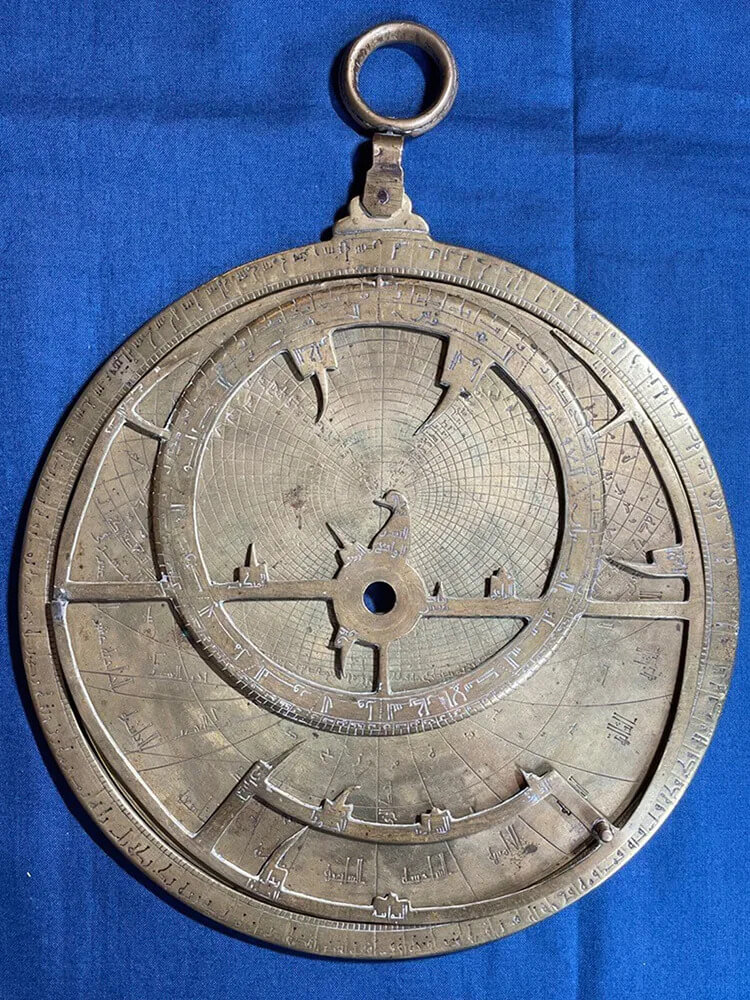
Dr. Federica Gigante, from the University of Cambridge’s History Faculty and Christ’s College, stumbled upon this treasure somewhat by chance, spotting a newly-uploaded image on the museum’s website. Her visit to the museum and subsequent close examination of the astrolabe revealed not just the Arabic inscriptions but also faint Hebrew markings, visible only under certain lighting conditions. This blend of languages on a single object underscored the exchange and cooperation among Arabs, Jews, and Christians over centuries.
“The Verona astrolabe underwent many modifications, additions, and adaptations as it changed hands,” says Dr. Gigante in a university release. “At least three separate users felt the need to add translations and corrections to this object, two using Hebrew and one using a Western language.”
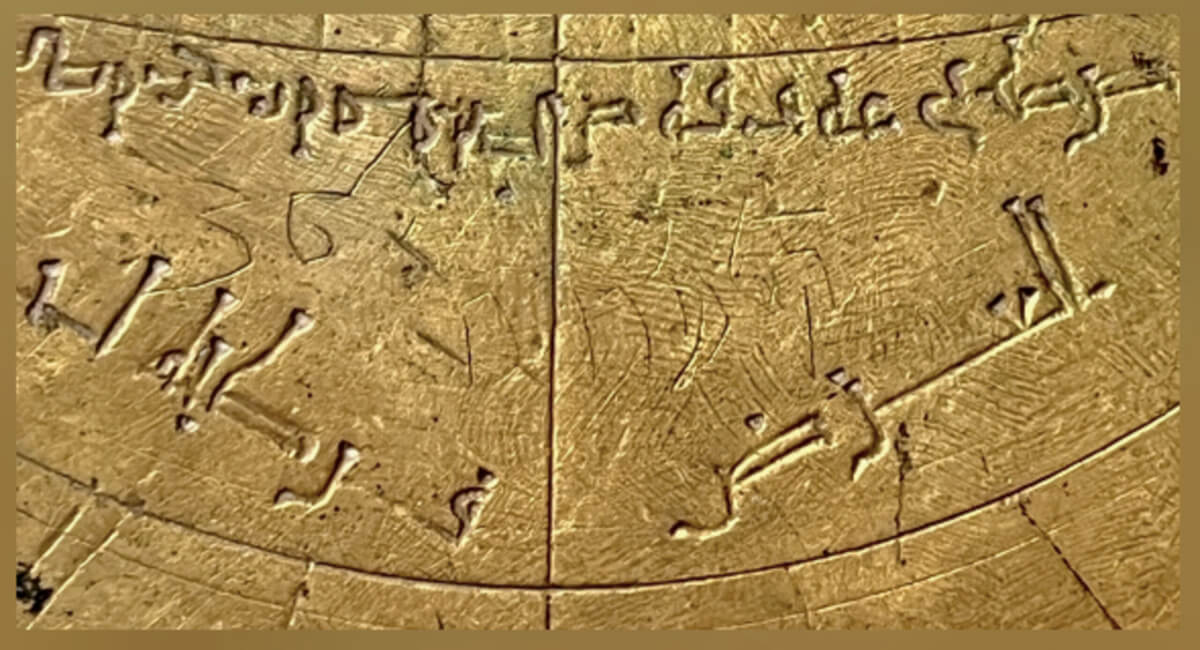
Originating from Al-Andalus, the Muslim-ruled area of Spain, the astrolabe bears inscriptions indicating it was crafted for specific latitudes corresponding to Cordoba and Toledo, vibrant centers of cross-cultural interaction in the 11th century. This connection underscores the astrolabe’s role in daily religious practices, such as guiding Muslim users in their prayer timings.
The presence of Hebrew inscriptions suggests that the astrolabe later circulated within a Sephardi Jewish community in Spain, where Arabic was widely spoken. Some of these Hebrew markings, including translations of astrological signs, echo the teachings of the Spanish Jewish polymath Abraham Ibn Ezra, further indicating the astrolabe’s journey into Jewish hands, likely in Italy, where Arabic was less common.
“These Hebrew additions and translations suggest that at a certain point the object left Spain or North Africa and circulated amongst the Jewish diaspora community in Italy, where Arabic was not understood, and Hebrew was used instead,” notes Dr. Gigante.
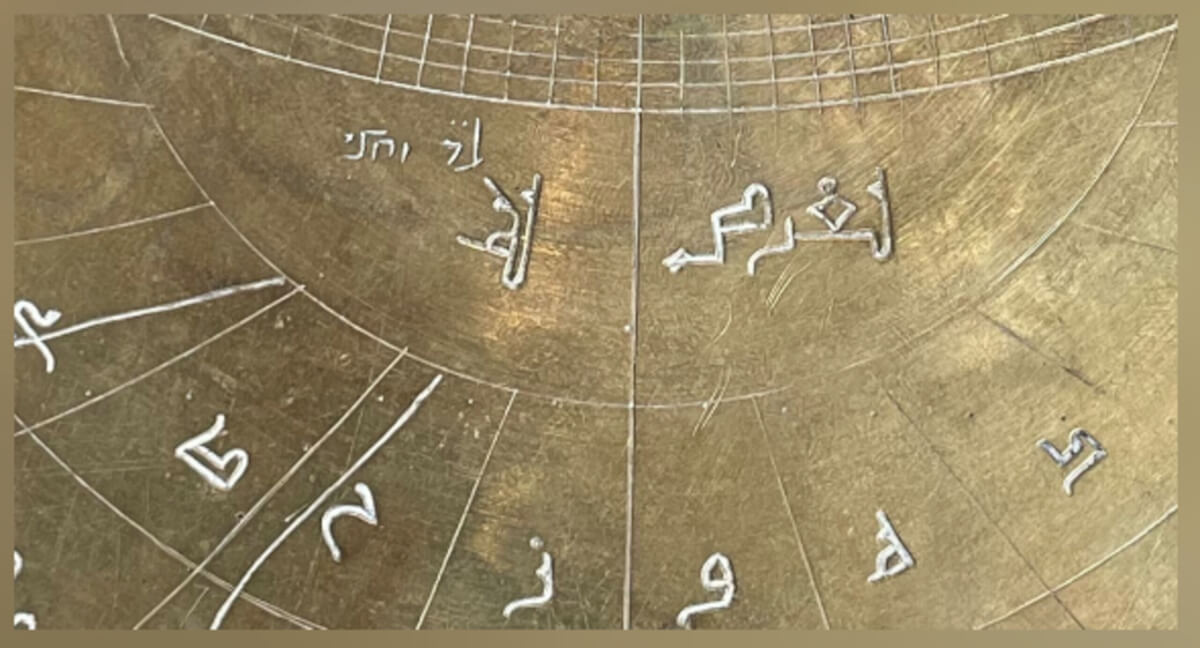
Dr. Gigante also uncovered corrections and additions in Western numerals, suggesting that the astrolabe found its way to an Italian or Latin-speaking individual in Verona. These amendments, aimed at adjusting latitude values, sometimes contradicted each other, revealing the challenges of translating and adapting scientific knowledge across languages and cultures.
The astrolabe’s “rete,” or star map, is another highlight, offering insights into the device’s accuracy and the astronomical knowledge of its makers. By analyzing the placement of stars on this map, Dr. Gigante could affirm its creation in the late 11th century, aligning with other known astrolabes from the same period.
The journey of this astrolabe, from its creation in Muslim Spain to its travels through Jewish and possibly Christian hands, across geographic and cultural boundaries, encapsulates a remarkable story of shared knowledge and intercultural dialogue. It underscores the complex tapestry of medieval Mediterranean societies, where scientists, scholars, and artisans borrowed from, adapted, and built upon each other’s work, contributing to a rich heritage of scientific advancement.
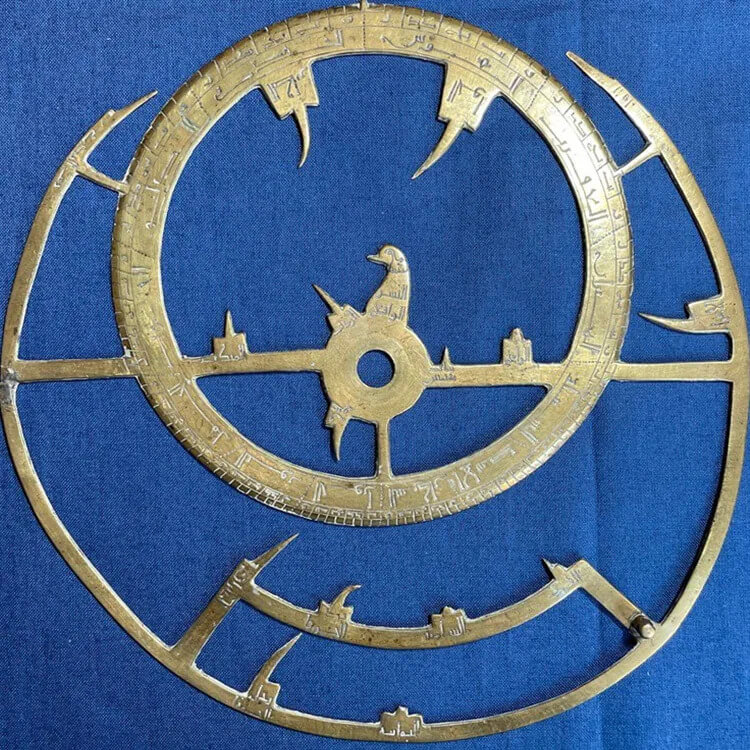
“This object is Islamic, Jewish and European, they can’t be separated,” concludes Dr. Gigante.
As it stands in the Verona museum, this astrolabe is not merely an ancient astronomical tool but a symbol of the interconnectedness of human endeavors across time and space.
The study is published in the journal Nunicus.
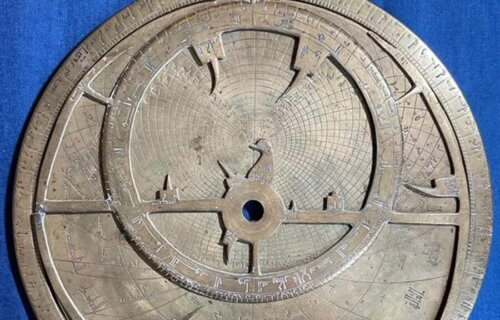
> Astrolabes, often dubbed the smartphones of the past,
Oh yeah? How often? Once, by you here? 😉
Ridiculous.